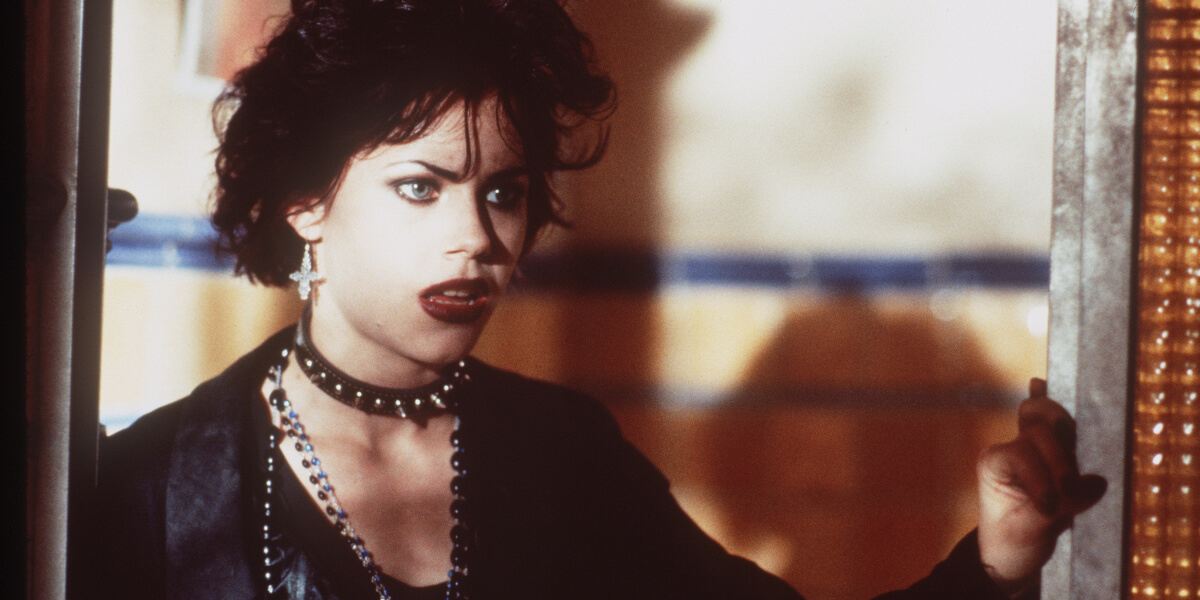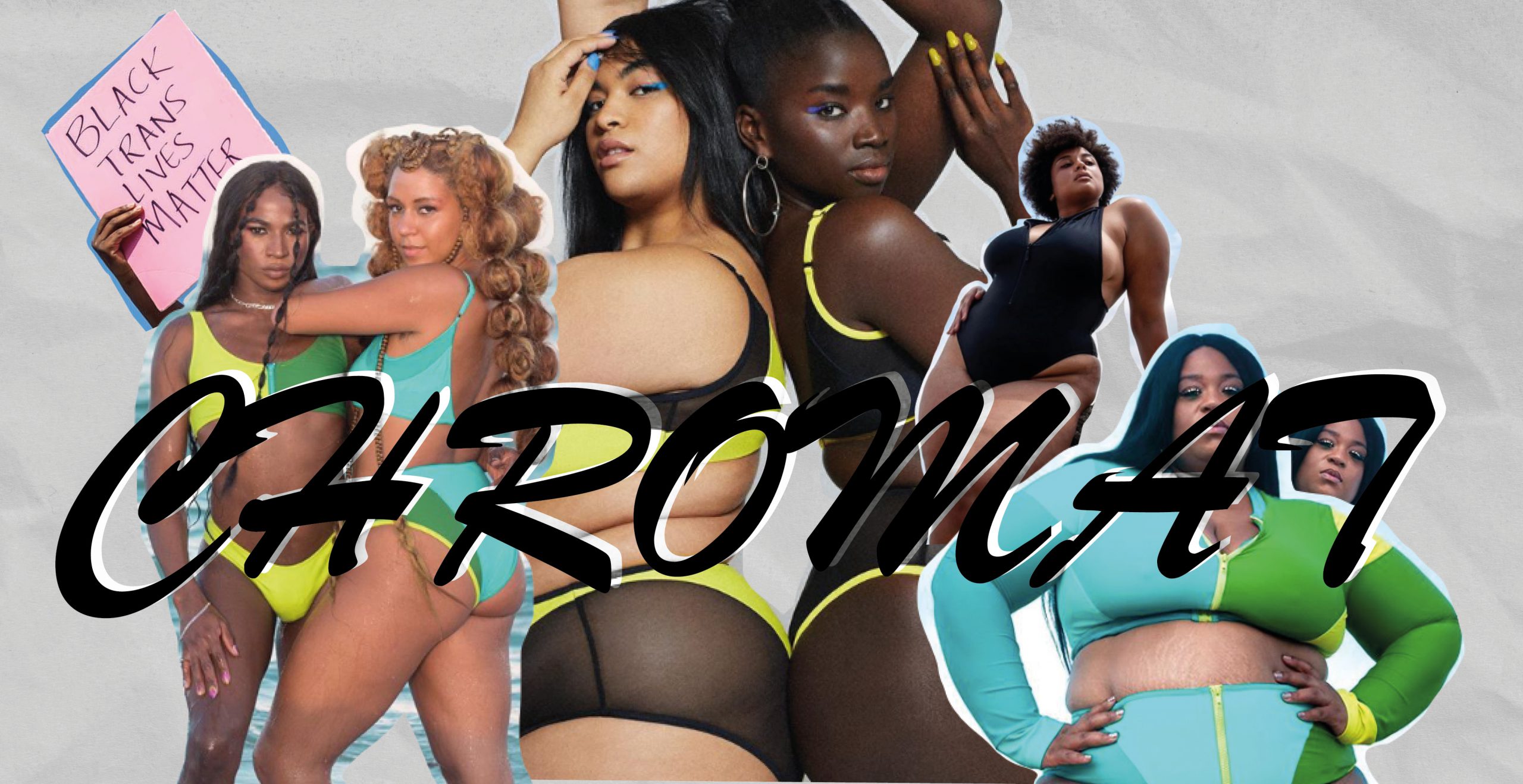The Goth subculture is once again having a moment in the mainstream spotlight thanks to the release of the second season of the Netflix mystery comedy show Wednesday. The modern reboot centers around the escapades of the Addams family and characters beloved by the Goth community.
The outfits sported by Jenna Ortega and Catherine Zeta-Jones have generated a lot of buzz. However, from its decades-long history as an offline community until the present day, the Goth subculture has always been more than just a style. It has a rich and fascinating past that goes beyond what we might see on social media.
Its dark aesthetic and specific niche interests might be what pops up in one’s “For You page”, cultivated by many of the people who are part of the subculture. Yet, the Goth subculture’s political roots through its connection with the Punk movement and historical and literary influences are lesser-known but fascinating aspects of the history of a highly influential subculture.
What is a ‘Goth’ – The origins of the Goth subculture
The funny thing about history is that the influence of ideas, media, and images can cross any borders and span over hundreds of years, often showing up in unexpected places in unexpected ways.
The Goths were an ancient Germanic tribe who had a profound influence on the downfall of the Western Roman Empire and, over time, the process that created the society of Medieval Europe. The Italian painter and art historian Giorgio Vasari used the term ‘Gothic’ as a pejorative to refer to art produced between the second half of the 1100s and the beginning of the 1400s.
Then the term ‘Gothic’ became associated with a genre of literature that emerged in the second half of the 1700s, characterized by a focus on dark themes, mysterious characters and plot points, and often set in medieval structures.
This bit of history is the reason why the British record producer and musician Martin Hannett described the Manchester band Joy Division as ‘Gothic’, a definition that came to be applied to other bands whose discography emanated a sense of melancholy and dread, but also a Romantic feel.
Politics, music, style – How the Goth subculture uses style to make a statement
The bands of the early days of Goth Rock, such as Bauhaus, Clan of Xymox, Xmal Deutschland, The Cure, Siouxsie and the Banshees, and the Sex Gang Children, were a product of the post-punk era of the late 70s and 80s.
The influence of the Punk movement, with its anti-establishment ethos, focus on individuality, and do-it-yourself attitude, on the Goth subculture is clear, as are its roots in Gothic literature and the Victorian fascination with death and the otherworldly.
These elements have characterized the subculture politics, artistic expressions, and fashion since the early days of the clubs where bands played Goth Rock like the iconic London club ‘The Batcave’.
In terms of fashion, Goth comes in many categories, which incorporate a variety of features that show how the Punk movement and the Gothic revival have influenced the subculture. The most well-known category of Goth Fashion is the Traditional “Trad” Goth, which is characterized by elements such as white face paint, hair dyed black and cut in spiky, sharp haircuts, graphic eyeliner, and black lipstick.
Romantic Goth fashion is inspired by the styles of the Romantic Era, reinterpreted with a Gothic twist that often incorporates elements from the Victorian period, along with modern attire. The resulting outfits usually showcase dark fabrics, lace, velvet, corsets, waistcoats, and chokers.
Many individuals who entered the scene in the 2000s and 2010s have since joined the workforce and incorporated elements of Goth fashion into their workplace-appropriate outfits. The result of this mesh-up of Goth fashion and workwear has become a category of Goth Fashion in its own right: ‘Corporate Goth’.
Due to the rise of fast fashion, many people who engage with the subculture have been shopping primarily from clothing brands that are antithetical to the subculture’s focus on self-expression and anti-establishment. Nonetheless, there are still countless individuals who focus on crafting a wardrobe that truly reflects and expresses their passions, interests, and beliefs, even though that’s far from being the most convenient option.
That’s because although fashion is a big part of the Goth subculture, it is also about much more than that. It’s built around a shared canon of music and dark sensibilities, but also a resistance to the rules and codes imposed by mainstream society.




























